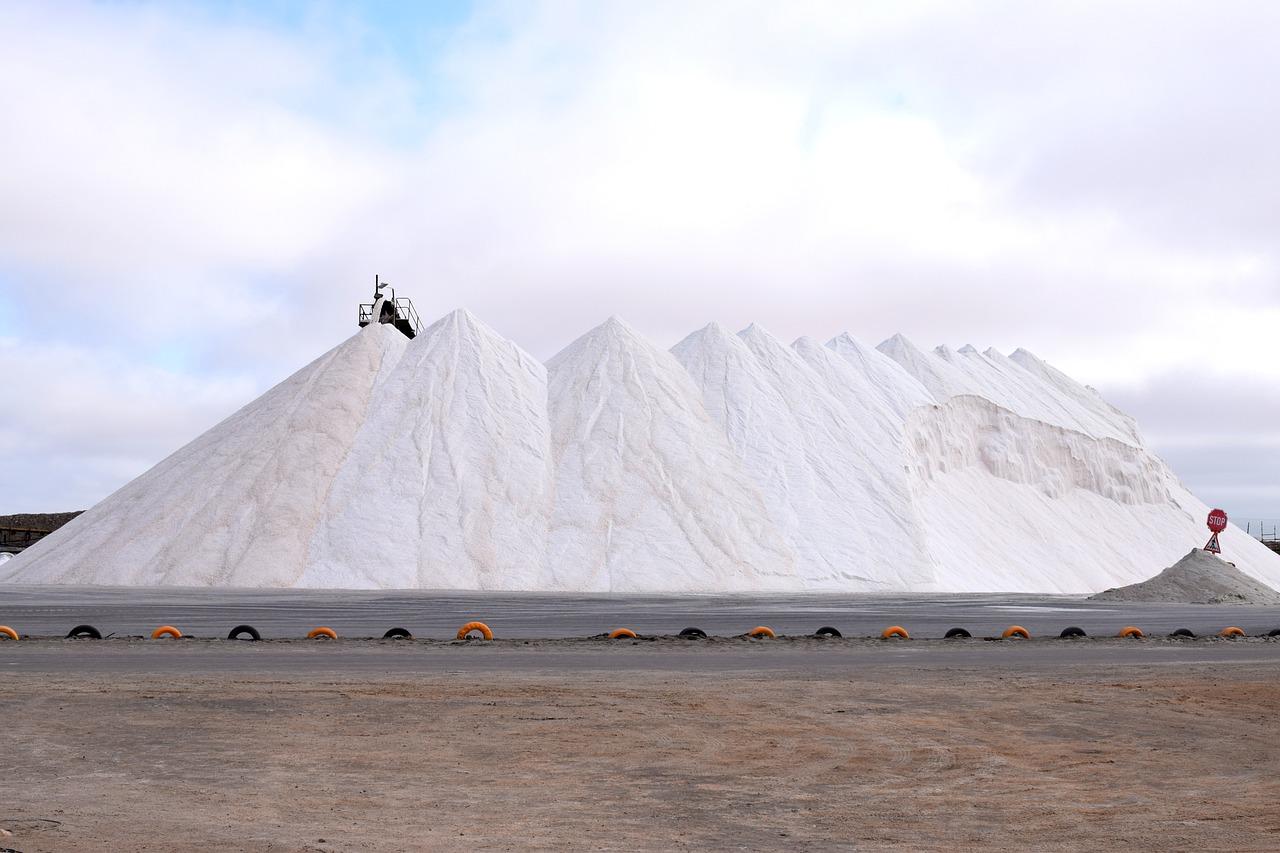'Everything changes, everything stays the same'
Finding the cracks

How far am I from home, 30 kilometres or 13 thousand? Travelling from Utrecht to Johannesburg, South Africa the last two hours of an 11-hour flight, my second one in the journey, can’t go fast enough. Longing to be a cloud outside the sophisticated metal box I’m being flung through the sky in, I gaze down at the countries below me. I see snow.
It’s the end of summer in Southern Africa and I see snow. My European-influenced brain now accepts this anomaly as a mere curiosity. My mind is addled by tranquilisers—I would rather lick peanut butter off razor blades than get onto an aeroplane voluntarily—but something reminds me that although it infrequently snows on my home continent, it certainly isn’t going to do so in March.
Apparently, the salt pans in Namibia look like snow to an African who has been away from home too long. Like every international student will tell you, everything changes, everything stays the same. Coming back to my roots after replanting myself in Utrecht hits me like waves in the ocean. Not like the pseudo waves near Den Haag, but the waves I grew up testing my bravery on, The Wild Coast—aptly named for its propensity to wreck ships and deter sailors. Colonial tides of Dutch settlers, British occupation and more somehow still left the area mostly in the hands of its native people. Exacerbated by apartheid-era segregation and contemporary funds (mis)allocation, it remains one of South Africa’s most untouched (a more tourist-friendly way of saying underdeveloped) coastlines. As a white middle-class woman, it’s my favourite place to walk, sometimes for hours without seeing another person, swim naked in the sea and share the beach with sunbathing cows and donkeys. For the predominantly Black locals, the lack of development can feel like a chokehold on potential with jobs that rely on seasonal tourism and infrastructure which means no electricity if the wind gets above 13 knots an hour—a common occurrence. For me, this translates to glorious periods of being offline but, for locals, this seriously inhibits their daily lives, from being able to charge their cellphones, to hospitals trying to administer critical care without crucial electricity—notwithstanding the limited resources they already have to contend with.
I’ve come back to build relationships with the socialist shack-dwellers movement which has become the research focus of my Master’s and hopefully one day my PhD, Abahlali baseMjondolo. People who live in shacks are one of the groups which make the inequalities in South Africa most visible. Striking drone footage shows luxury gated estates alongside informal settlements where homes are made from corrugated iron, mud and cardboard. The wall between them snakes like a river and represents a measly 1-meter physical gap between the rich and poor, a near-impossible divide in every other respect.
I am figuring out my place in the world as a middle-class white South African who has the privilege of studying in The Netherlands and the research interests of learning from, and with, the Urban Black poor in my home country. My life is in Utrecht but South Africa feels like home. The walls separating South Africa flow through me too, and I’m searching for the cracks.